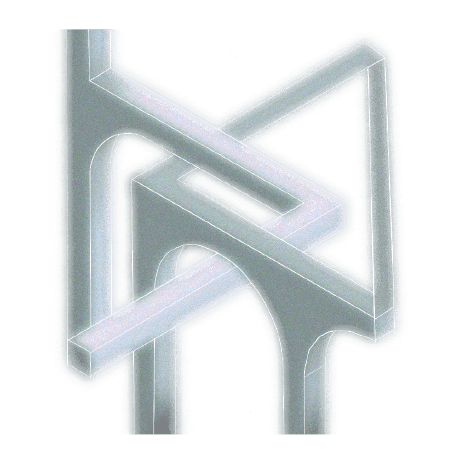Discover and explore top open-source AI tools and projects—updated daily.
GOT-OCR2.0 by  Ucas-HaoranWei
Ucas-HaoranWei
OCR research paper for unified end-to-end model
Top 6.5% on SourcePulse
GOT-OCR2.0 offers a unified, end-to-end model for Optical Character Recognition (OCR) and document understanding, targeting researchers and developers seeking advanced OCR capabilities. It aims to advance the field towards "OCR 2.0" by providing a versatile and powerful solution.
How It Works
GOT-OCR2.0 is built upon the Vary architecture, leveraging a large vision-language model (LLM) foundation. It treats OCR as a sequence-to-sequence problem, enabling it to handle complex document layouts, formatting, and even mathematical expressions. This unified approach allows for a single model to perform various OCR-related tasks, from basic text extraction to fine-grained formatting and layout analysis.
Quick Start & Requirements
- Install: Clone the repository, create a conda environment (
conda create -n got python=3.10), activate it (conda activate got), and install dependencies (pip install -e .). Flash-Attention requirespip install ninjaandpip install flash-attn --no-build-isolation. - Prerequisites: CUDA 11.8+, PyTorch 2.0.1+.
- Resources: Requires significant GPU resources for training and potentially for inference, depending on model size.
- Demo: Official demo available on Huggingface Spaces and Modelscope.
- Docs: Paper available in the repository.
Highlighted Details
- Achieved Huggingface trending #1 and over 1 million model downloads.
- Supports batch inference and various deployment formats (Huggingface, PaddleMIX, ONNX, MNN, GGUF/llama.cpp).
- Offers fine-tuning capabilities via ms-swift for custom datasets.
- Includes benchmarks on Fox and OneChart datasets.
Maintenance & Community
The project has seen significant community contributions, including OpenVINO, GGUF/llama.cpp, and vLLM integrations. Multiple WeChat groups are available for communication, though they are frequently full. Contact email: weihaoran18@mails.ucas.ac.cn.
Licensing & Compatibility
The repository does not explicitly state a license. The project is built upon Vary and Qwen, whose licenses should be consulted for compatibility. Commercial use implications are not detailed.
Limitations & Caveats
The provided training code is for post-training (stage-2/stage-3) on their weights; stage-1 training requires a different repository. The multi-crop OCR demo does not support batch inference and operates at the token level.
8 months ago
Inactive

 matt-m-o
matt-m-o dwqs
dwqs bytefer
bytefer junhoyeo
junhoyeo hiroi-sora
hiroi-sora deepdoctection
deepdoctection Dicklesworthstone
Dicklesworthstone ogkalu2
ogkalu2 ZGGSONG
ZGGSONG wanghaisheng
wanghaisheng ripperhe
ripperhe RapidAI
RapidAI